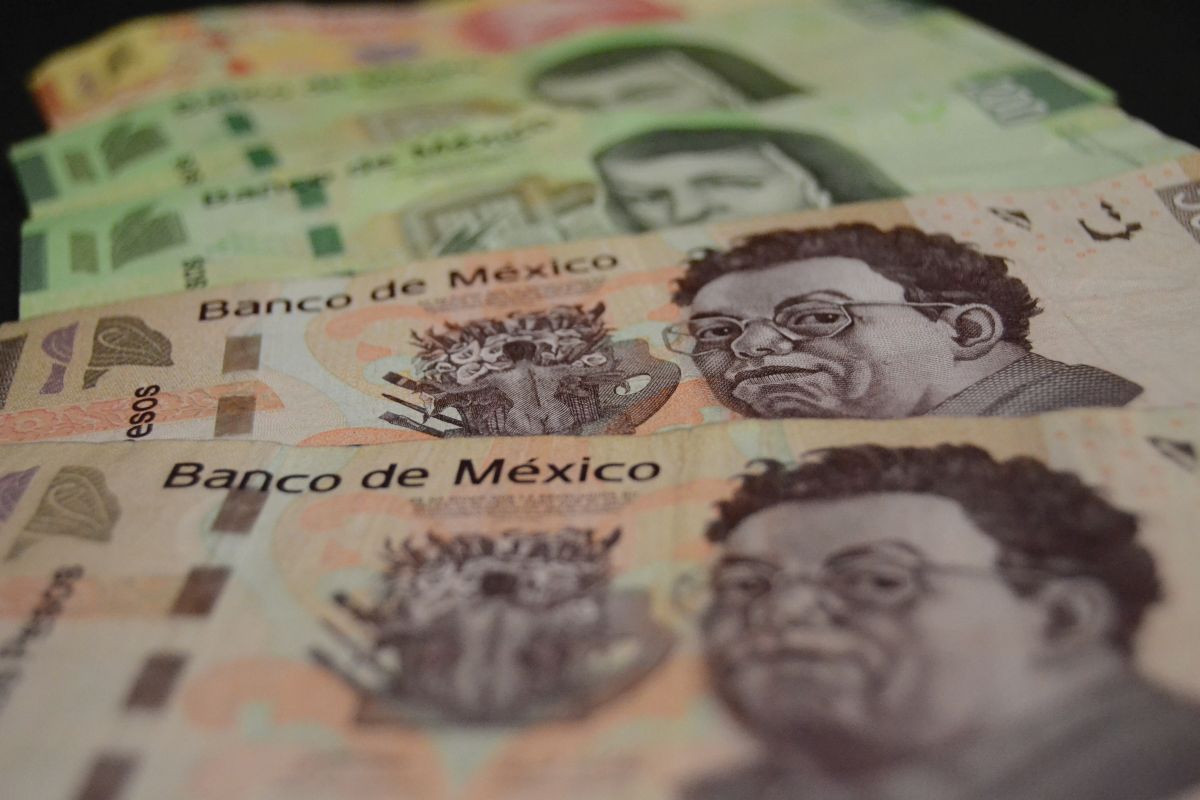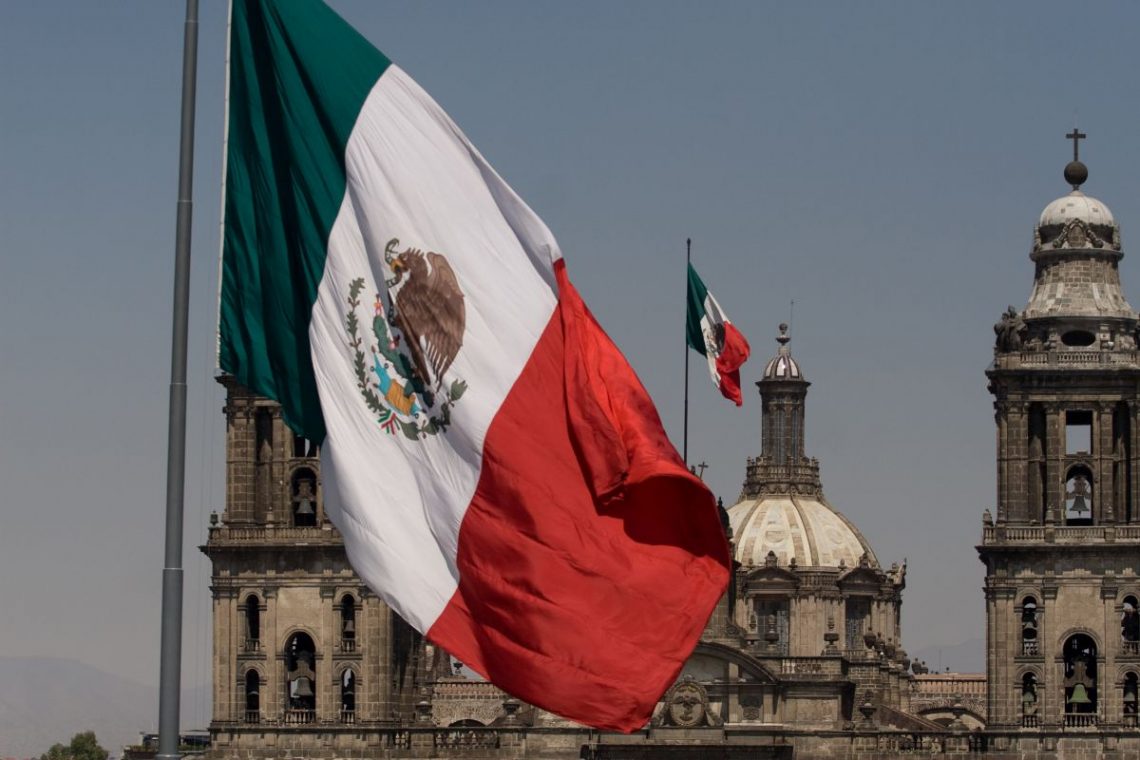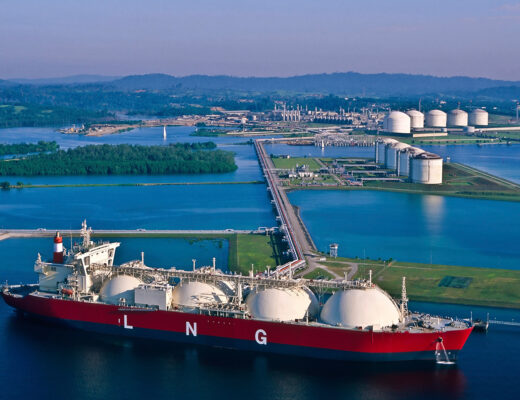How Mexico’s economy survived the pandemic
According to the National Statistics Center, Mexico’s economy grew by 12% in the third quarter of last year compared to the second. If we analyze the same periods in 2019 and 2020, the decline is 9.8%.
The largest increase in GDP was recorded in the primary sector, which includes agriculture, mining, livestock and others. Here the growth for the year was 2.7%. If we compare it with the second quarter, the index increased by 7.4%.
Considerable damage from the pandemic occurred in the secondary sector, which includes industry and production. However, from the beginning of summer these industries began to actively recover, and by the end of 2020 they showed a 22% growth.
The third sector, represented by services and production of electricity, water supply and other spheres, grew by 8.6%. At the annual comparison, a decrease of 8.8% was registered here.
Such results are positive for the country’s economy. They show that despite the sharp decline, Mexico managed to survive and start a rapid recovery. In total, last year’s GDP fell by 7.4%, caused by quarantine restrictions within the state, as well as global disruptions in supply chains and falling demand for oil. As in many countries, the worst period for the economy was the second quarter, when in 3 months GDP fell by more than 17% compared to 2019. For comparison, during the crisis in 2009, the index decreased by 5.3%, and in 1995 – by 6.3%.

To support representatives of small and medium businesses, the Mexican authorities took a number of measures, but due to the limited budget, they were not enough. Therefore, the impact was mainly on small companies, which provided about 40% of jobs in the country. Problems in the tourism sector, which accounted for about 8% of GDP, also worsened the situation.
About 3% are remittances from Mexicans who work abroad. Most individuals work in the U.S., but the pandemic has caused huge losses to the states, and unemployment has reached record levels, so budget revenues have also fallen. Consequently, the purchasing power of Mexicans has fallen even more.
There are also problems in the industrial sector, which is closely linked to processes in neighboring countries, particularly the United States. Against this background, exports declined, and although most of them managed to recover by the end of last year, the 2019 figures have still not been reached.










